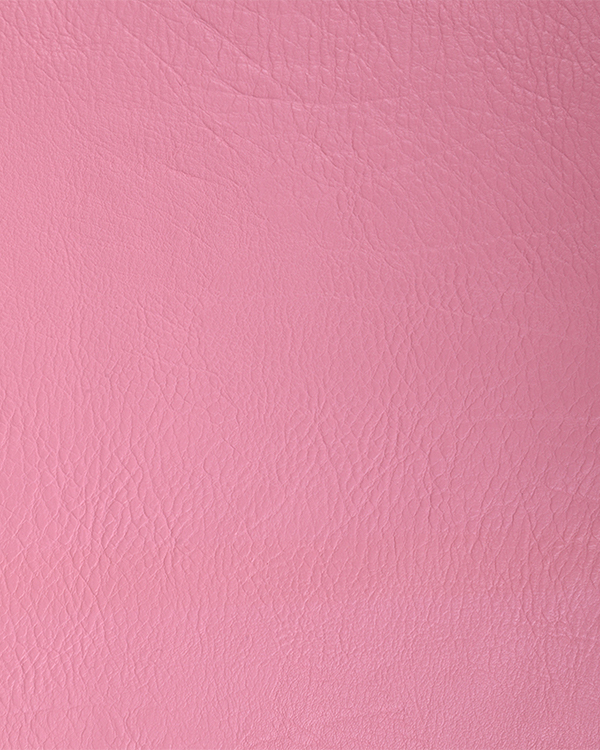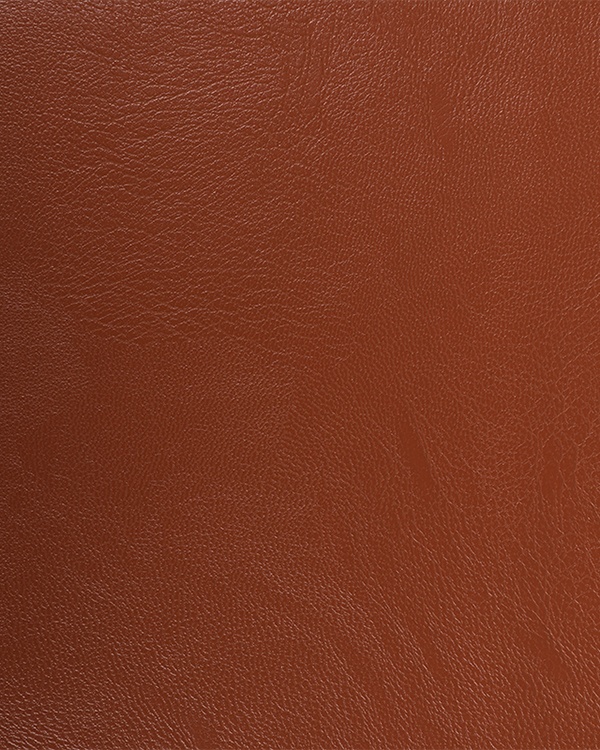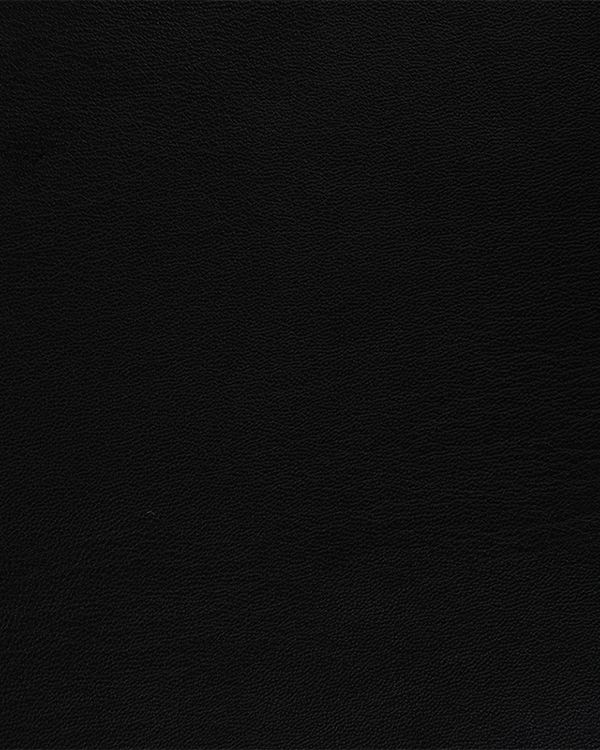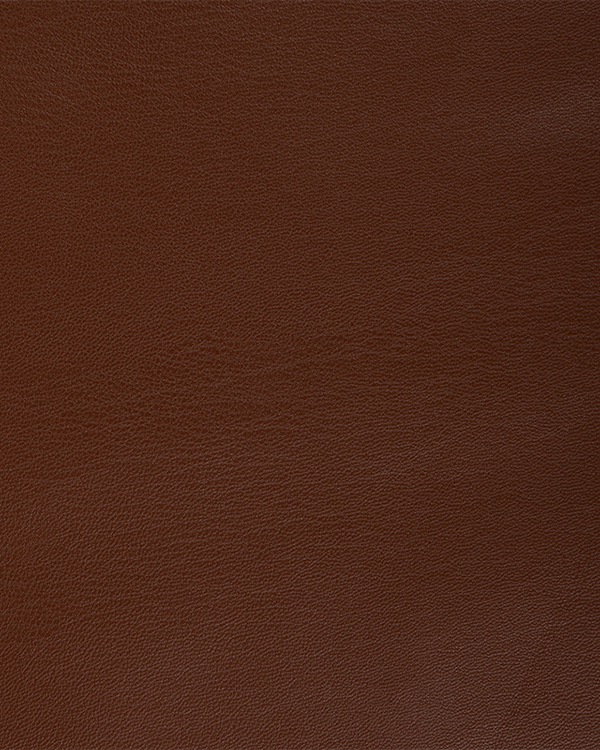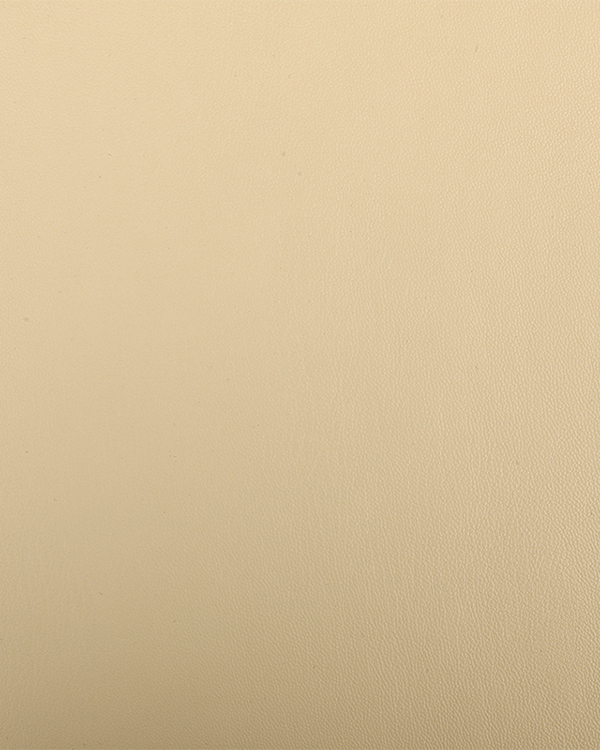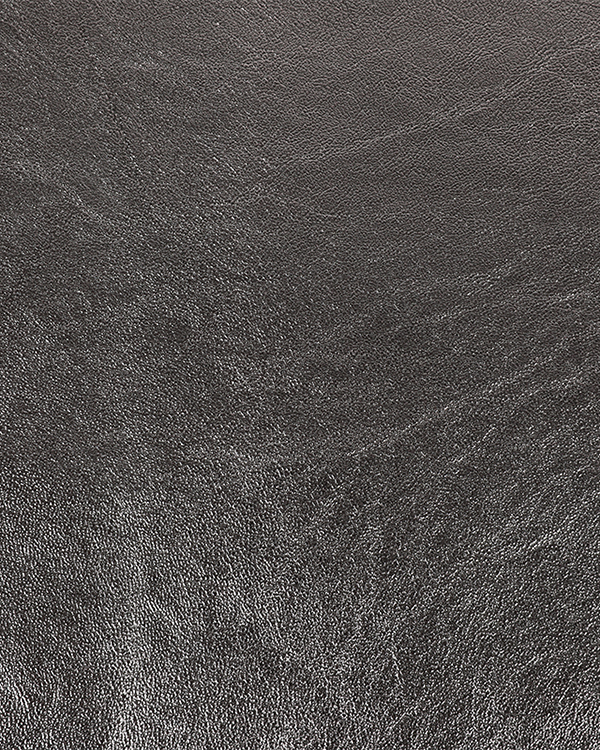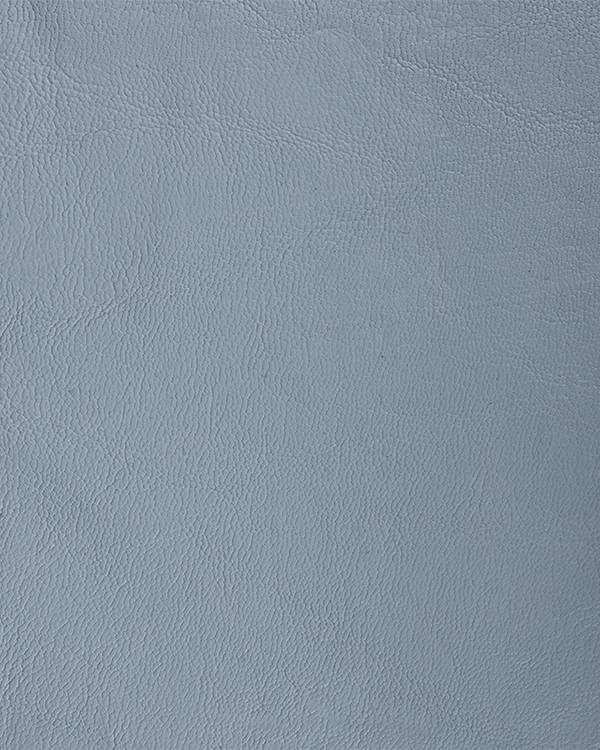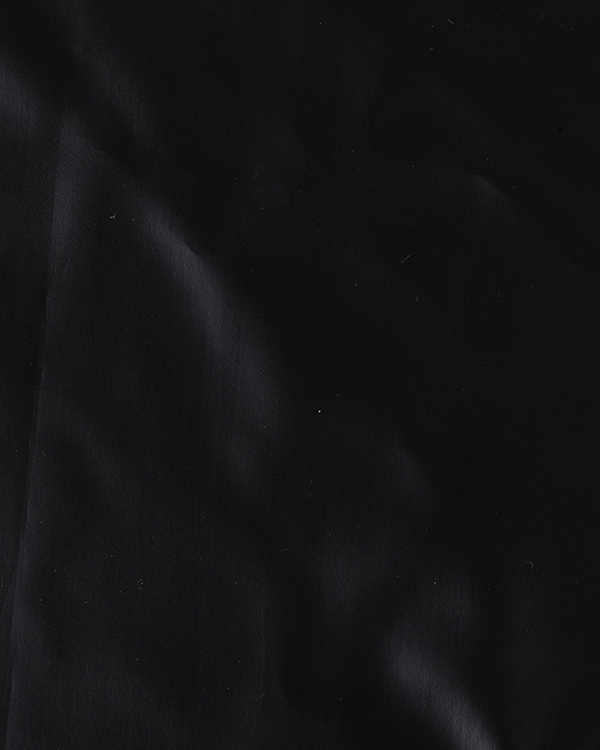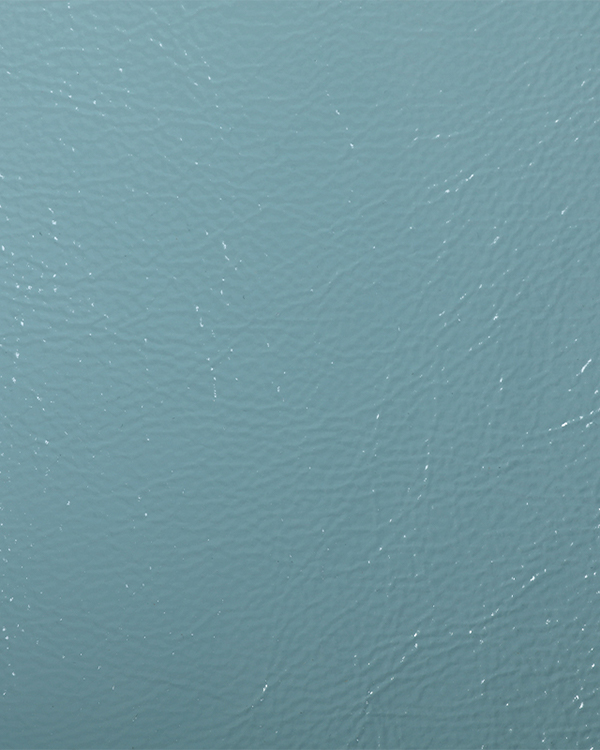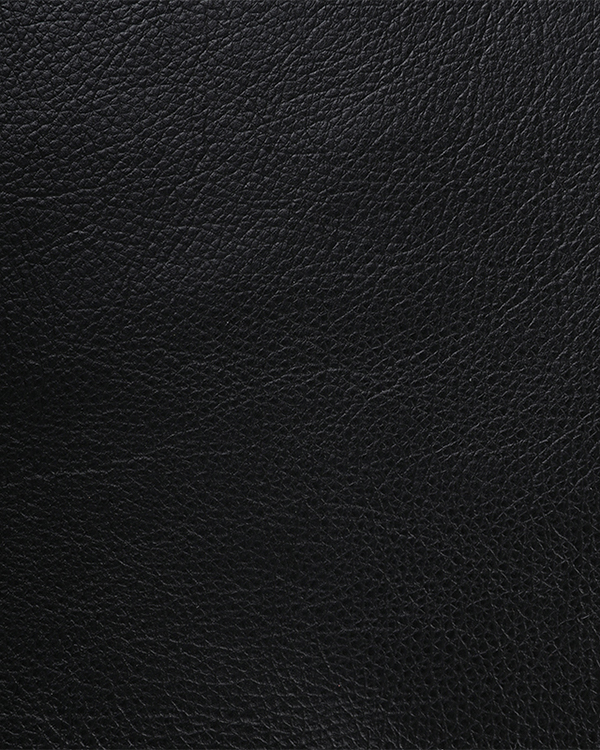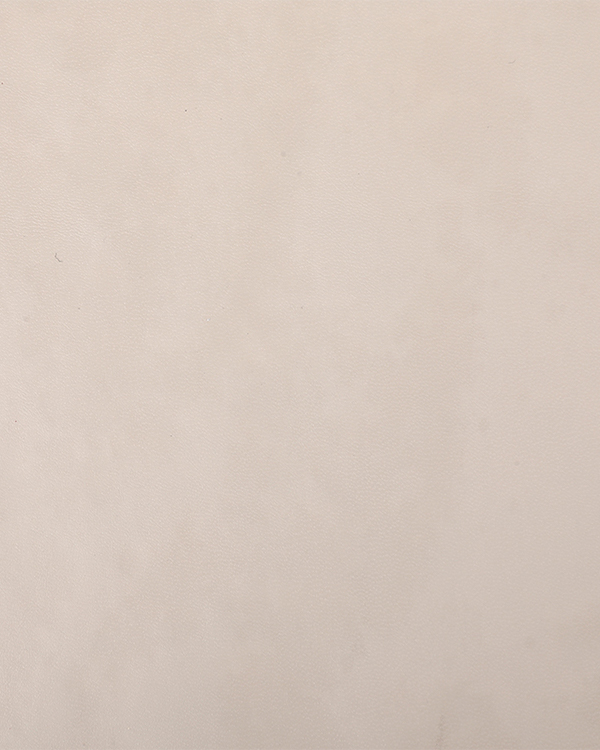The chemical composition of suede printed environmentally friendly artificial leather can vary depending on the specific manufacturing process and the brand or supplier. However, here are some common components that might be present in such a material:
Polyurethane (PU): PU is commonly used as a coating or top layer in artificial leathers. It provides a soft and leather-like texture to the material. PU is typically used as a more environmentally friendly alternative to PVC (polyvinyl chloride) due to its lower environmental impact.
Microfiber: Microfiber is a synthetic material made from finely woven fibers, often polyester or nylon. It is used as a base material in artificial leathers to provide strength and durability. Microfiber can be engineered to mimic the texture and appearance of suede.
Water-based Inks and Dyes: Environmentally friendly artificial leathers often use water-based inks and dyes for printing or coloring. Water-based formulations reduce the use of harmful solvents and minimize environmental impact compared to solvent-based alternatives.
Additives and Binders: Various additives and binders may be used in the manufacturing process to enhance specific properties of the artificial leather, such as flexibility, abrasion resistance, or flame retardancy. These additives can include plasticizers, stabilizers, flame retardants, and UV inhibitors, among others.
Backing Material: Artificial leathers are typically backed with a fabric or non-woven material to provide stability and support. The backing material can vary and may be composed of polyester, cotton, or a blend of different fibers.
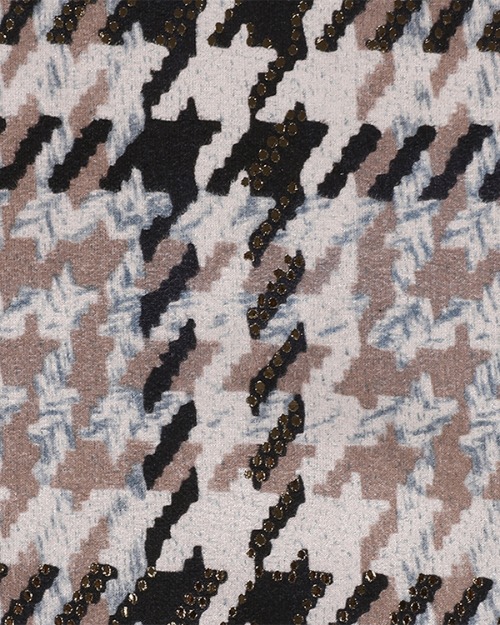


 English
English Español
Español
